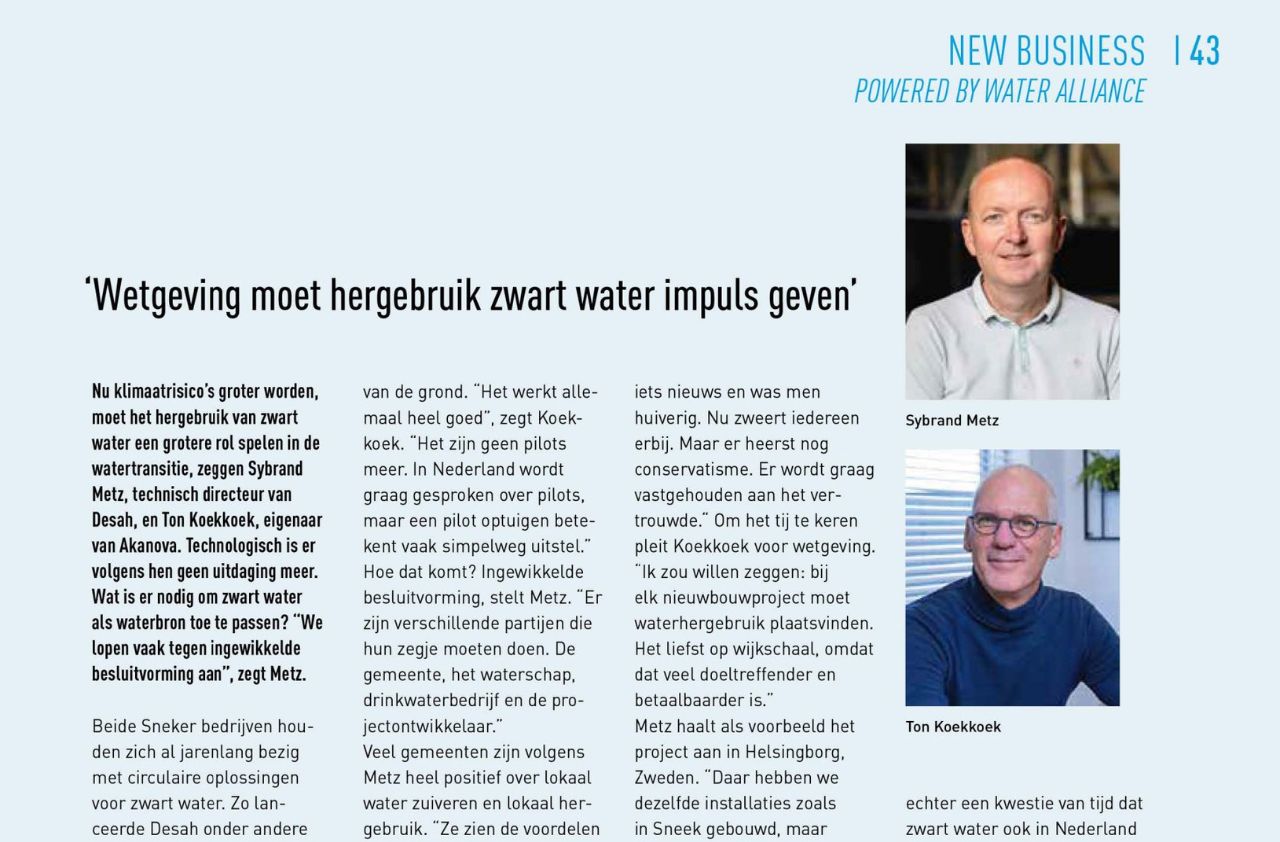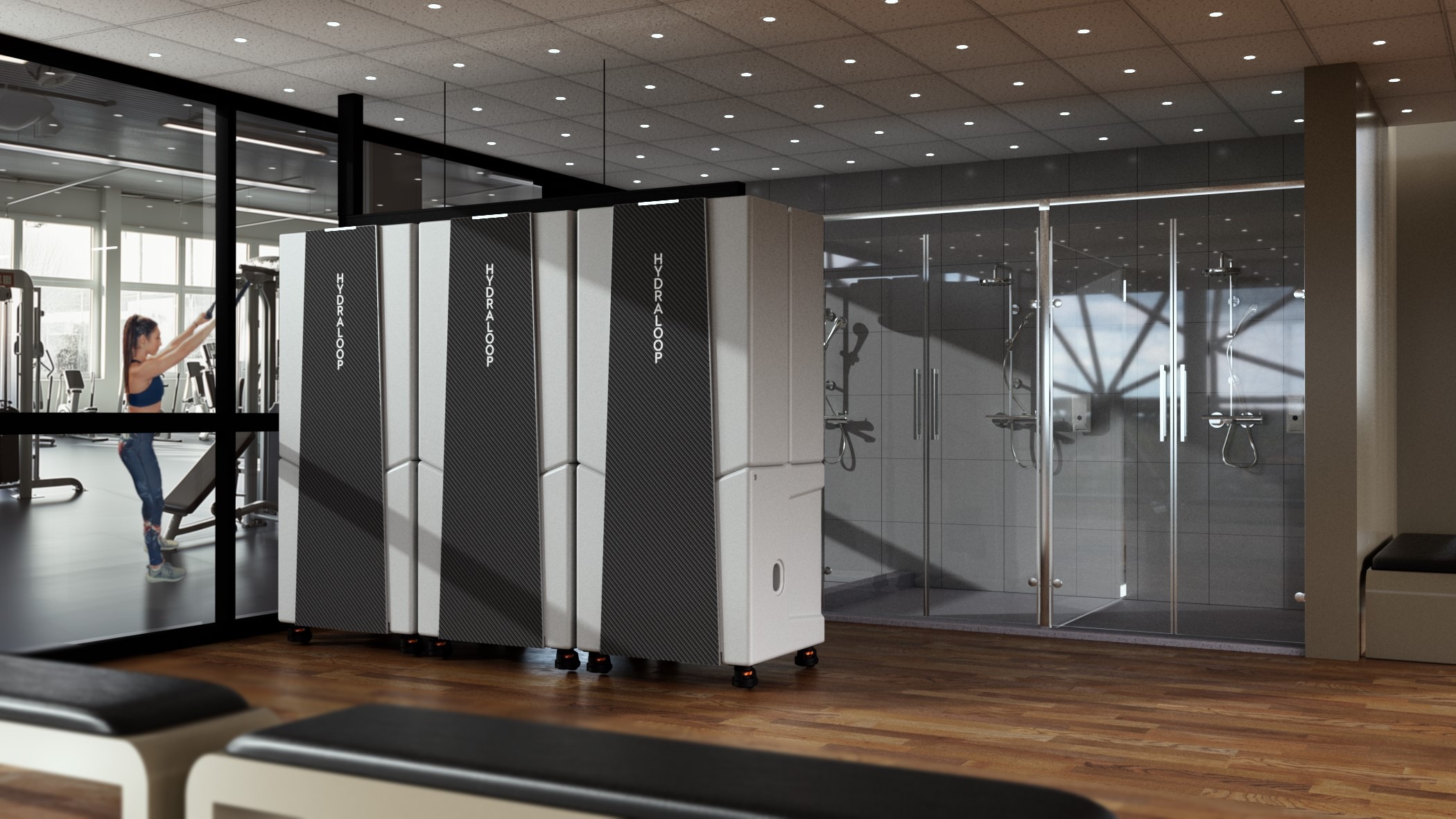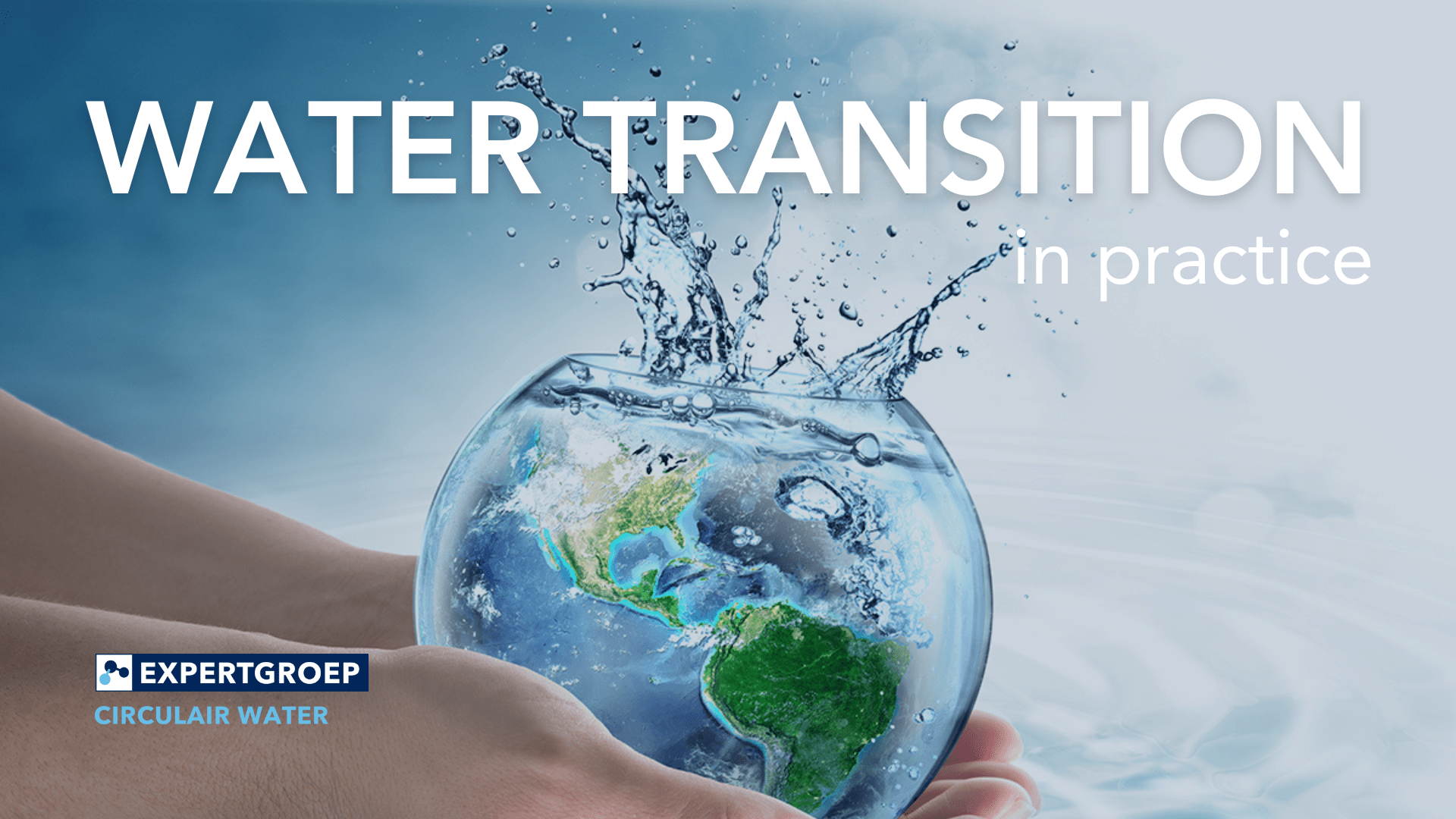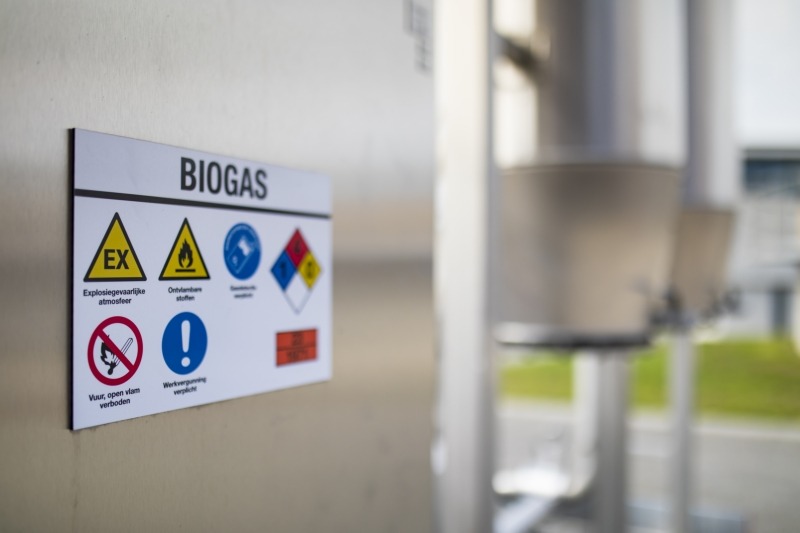As climate risks increase, the reuse of black water needs to play a bigger role in the water transition, say Sybrand Metz, technical director of Desah, and Ton Koekkoek, owner of Akanova. According to them, there is no longer a technological challenge. What is needed to use black water as a water source? “We often face complicated decision-making,” says Metz.
Both companies from Sneek have been working on circular solutions for black water for many years. Desah launched a project in Sneek where 207 households collect waste streams locally, and nutrients are recovered. Akanova runs a project in Almere with decentralized wastewater treatment for 800 homes, providing water that can be reused as swimming water or for garden irrigation.
Despite these examples, large-scale follow-up projects in the Netherlands struggle to get off the ground. “Everything works very well,” says Koekkoek. “These are no longer pilots. In the Netherlands, there is a tendency to talk about pilots, but setting up pilots often just means delaying.” Why is that? Complex decision-making, Metz explains. “There are several parties that need to have their say—the municipality, the water authority, the drinking water company, and the project developer.”
Many municipalities are very positive about local water treatment and reuse, Metz notes. “They see the benefits, for example, for nature.” Still, discussions often arise around responsibilities and finances, Koekkoek observes. “Who pays for what and who is responsible for which part? There are also different views within government agencies; some want to innovate, while others do not.”
Koekkoek points to a pattern “Sixty years ago, pressure sewer systems were also new, and people were hesitant. Now, everyone swears by them. But conservatism still exists. There is a strong preference to stick to the familiar.” To change this, Koekkoek advocates for legislation. “I would suggest that every new construction project should include water reuse, ideally on a neighborhood scale, as this is much more effective and affordable.”
Metz cites the project in Helsingborg, Sweden, as an example. “There, we built the same installations as in Sneek, but for a residential area of 2,500 people. In Helsingborg, one entity is responsible for the sewer system, wastewater treatment, and drinking water, which makes decision-making much simpler. Additionally, the city has a strong vision on sustainability. It’s actually fantastic that the Swedes are showcasing technology developed in the Netherlands.”
According to Koekkoek, it is only a matter of time before black water is more widely recognized as a resource in the Netherlands. He draws a parallel with the energy transition. “Fifteen years ago, people were already warning: watch out for the power grid because it’s getting overloaded. No one took action, and now we have problems. We are now warning about water and have a solution. A water crisis may need to occur first. In 2018, we narrowly avoided one, but perhaps a real crisis is necessary.”
New Business is a column that appears four times a year in H2O magazine, focusing on (Dutch) innovations in water technology. In addition to an introduction by Water Alliance director Hein Molenkamp, various companies are showcased.




